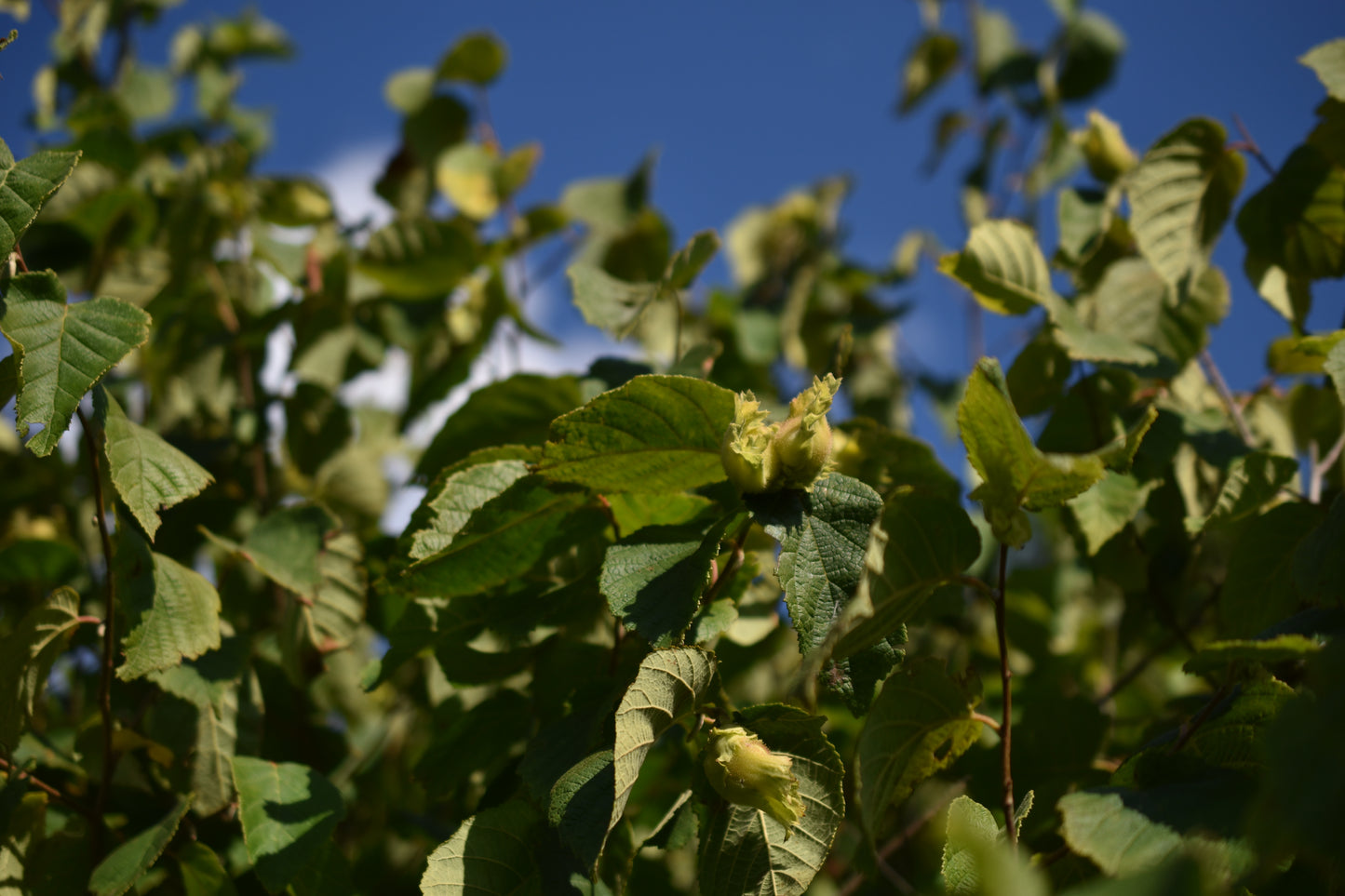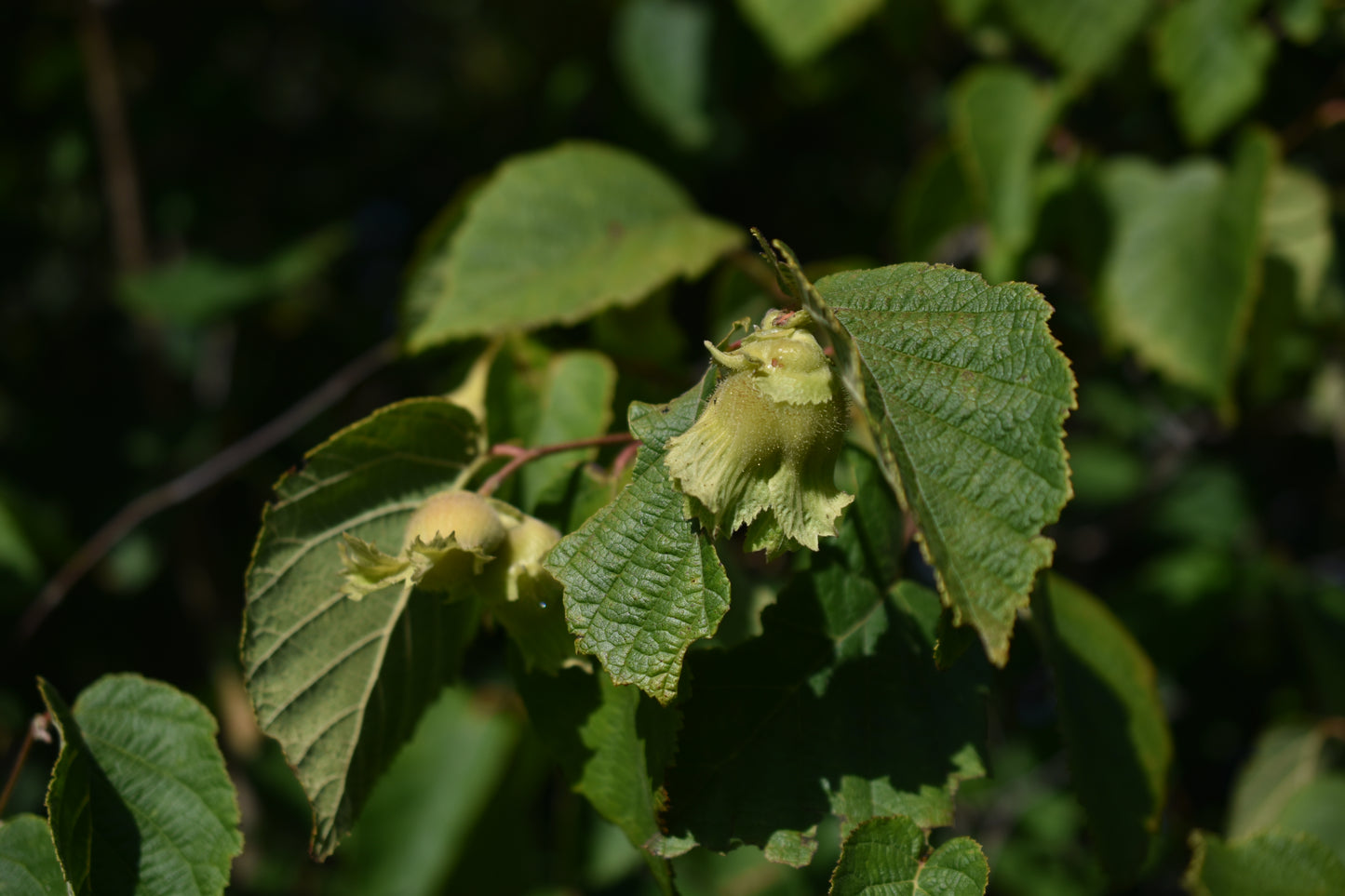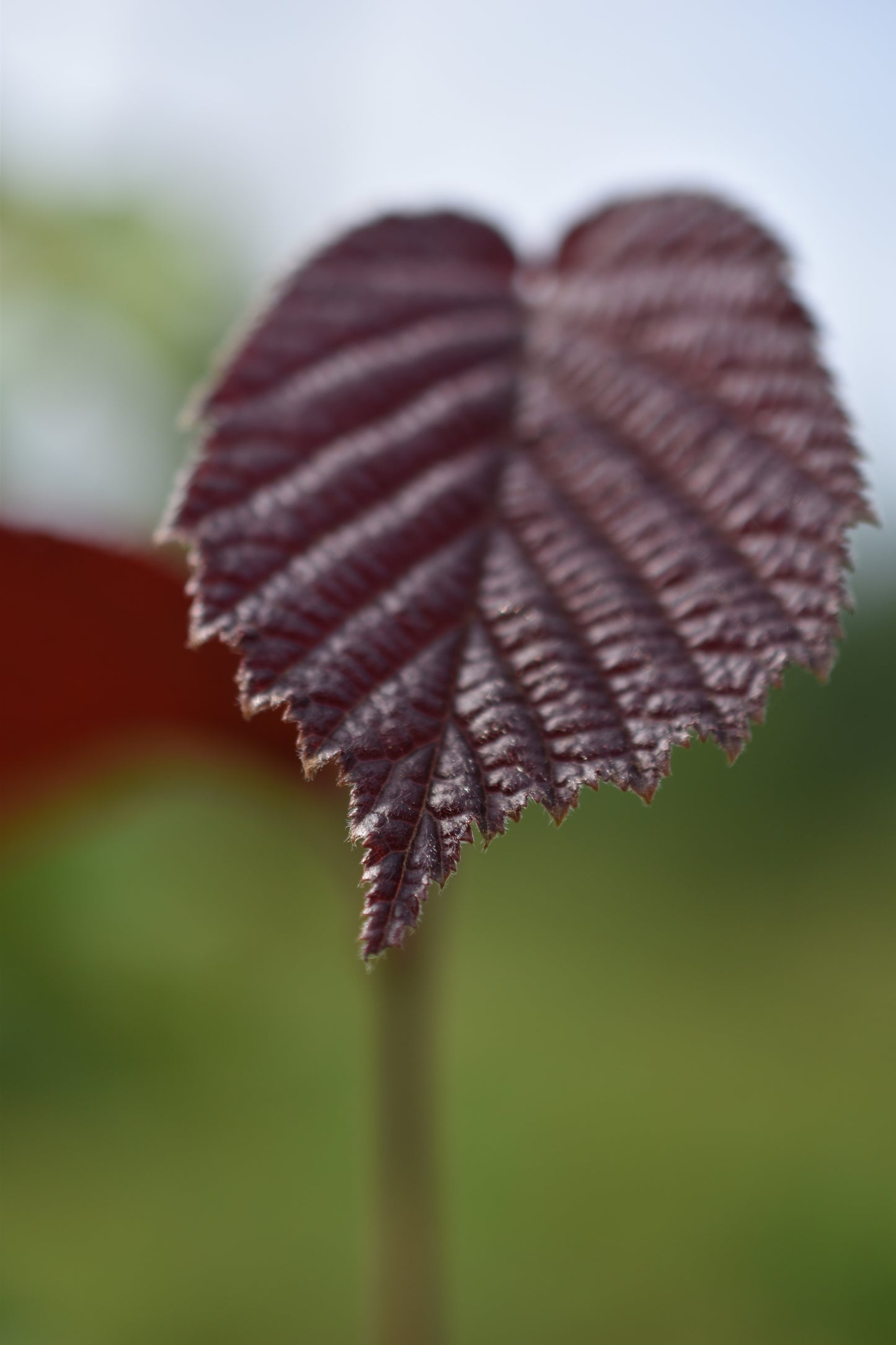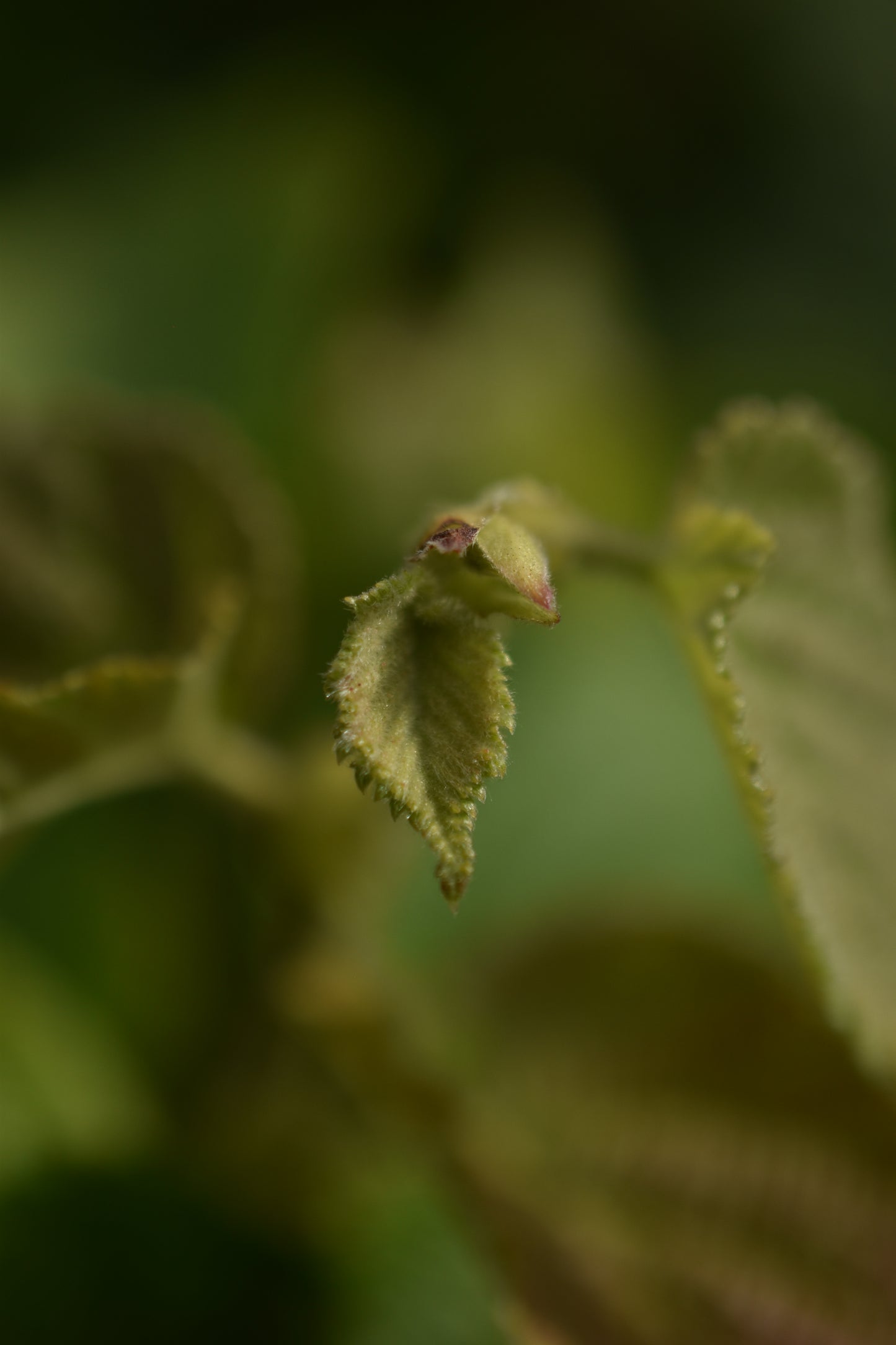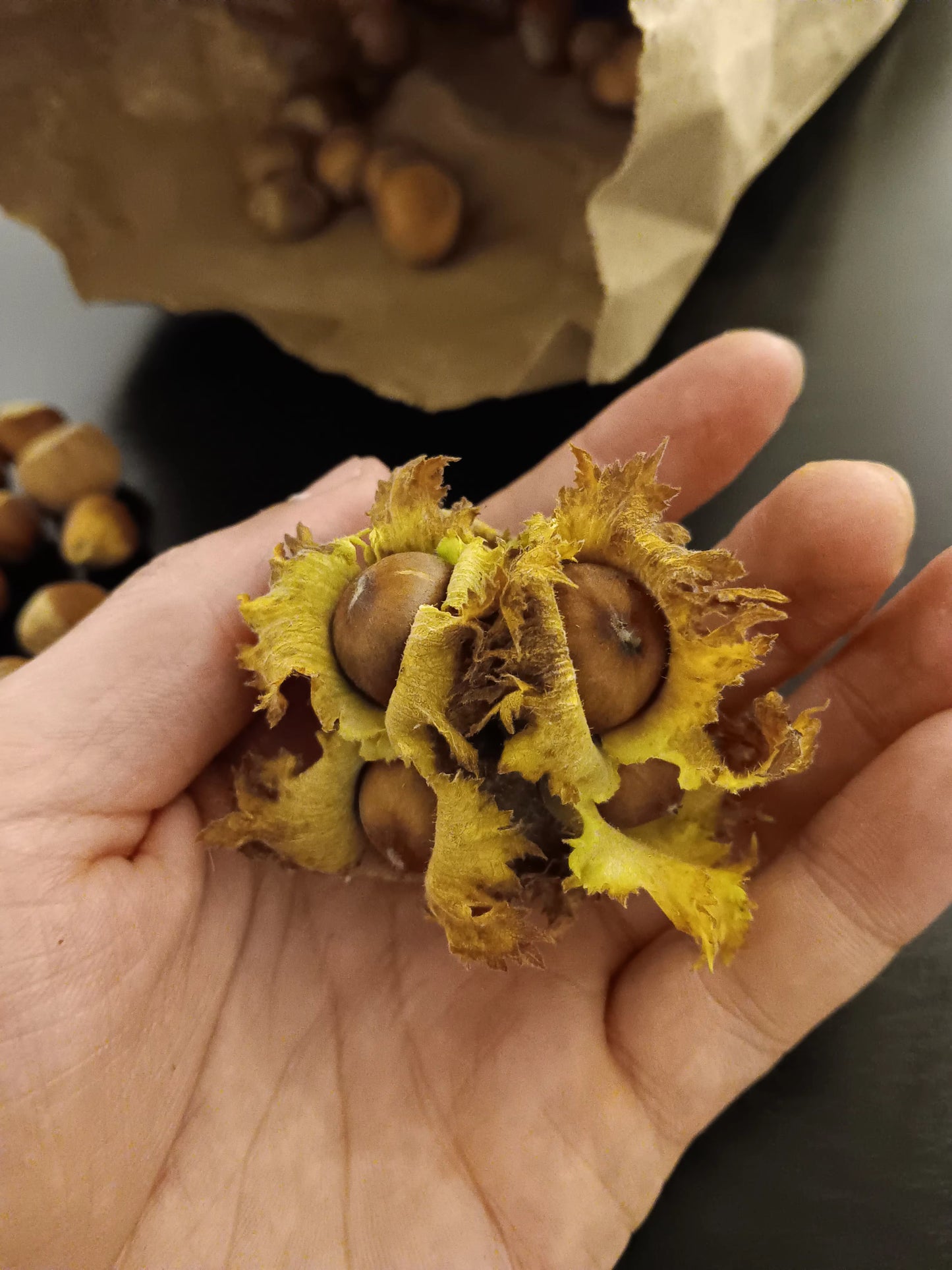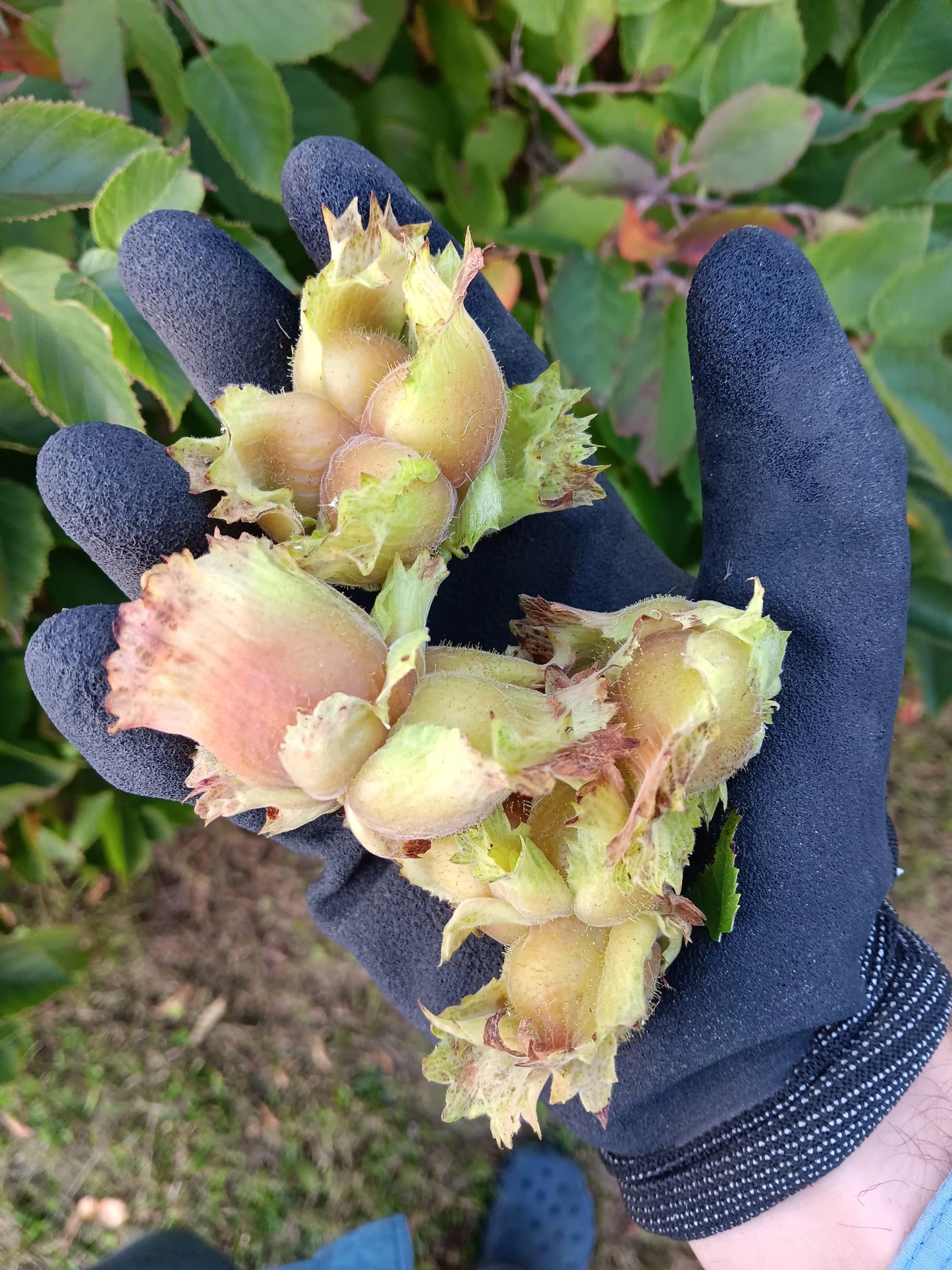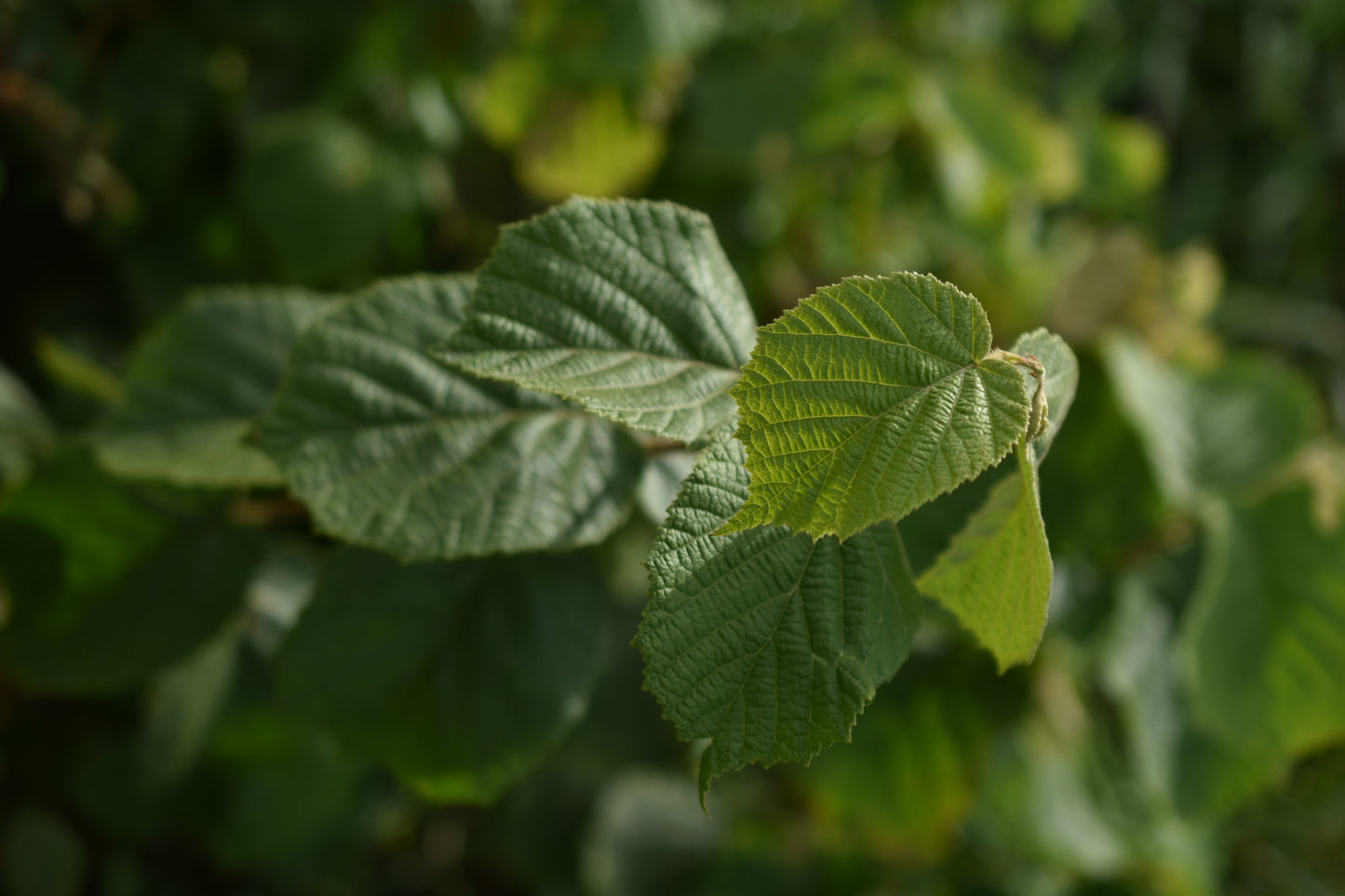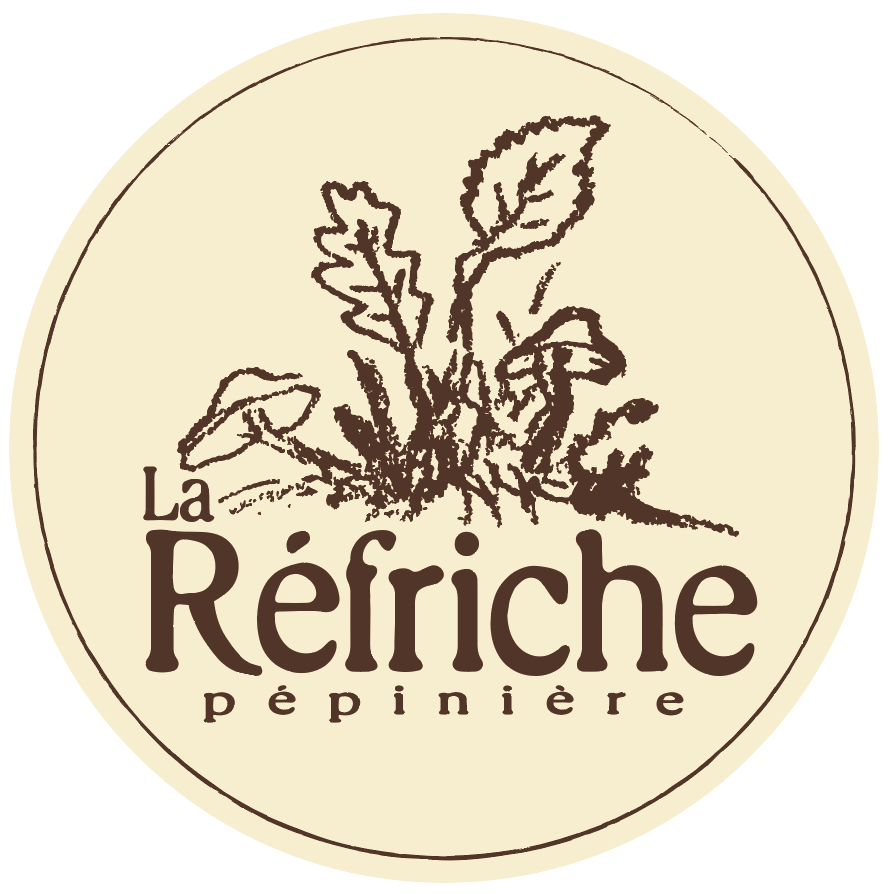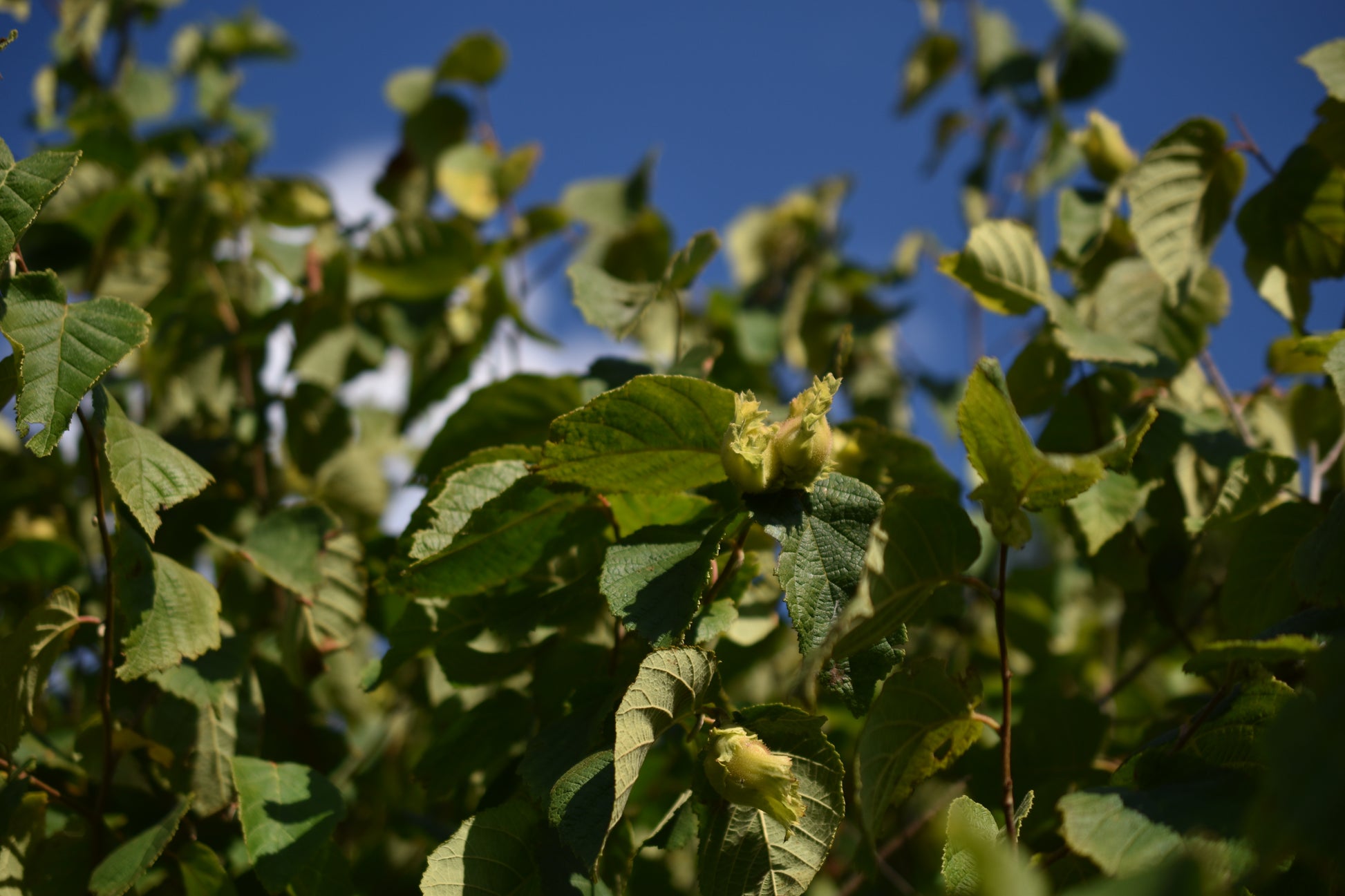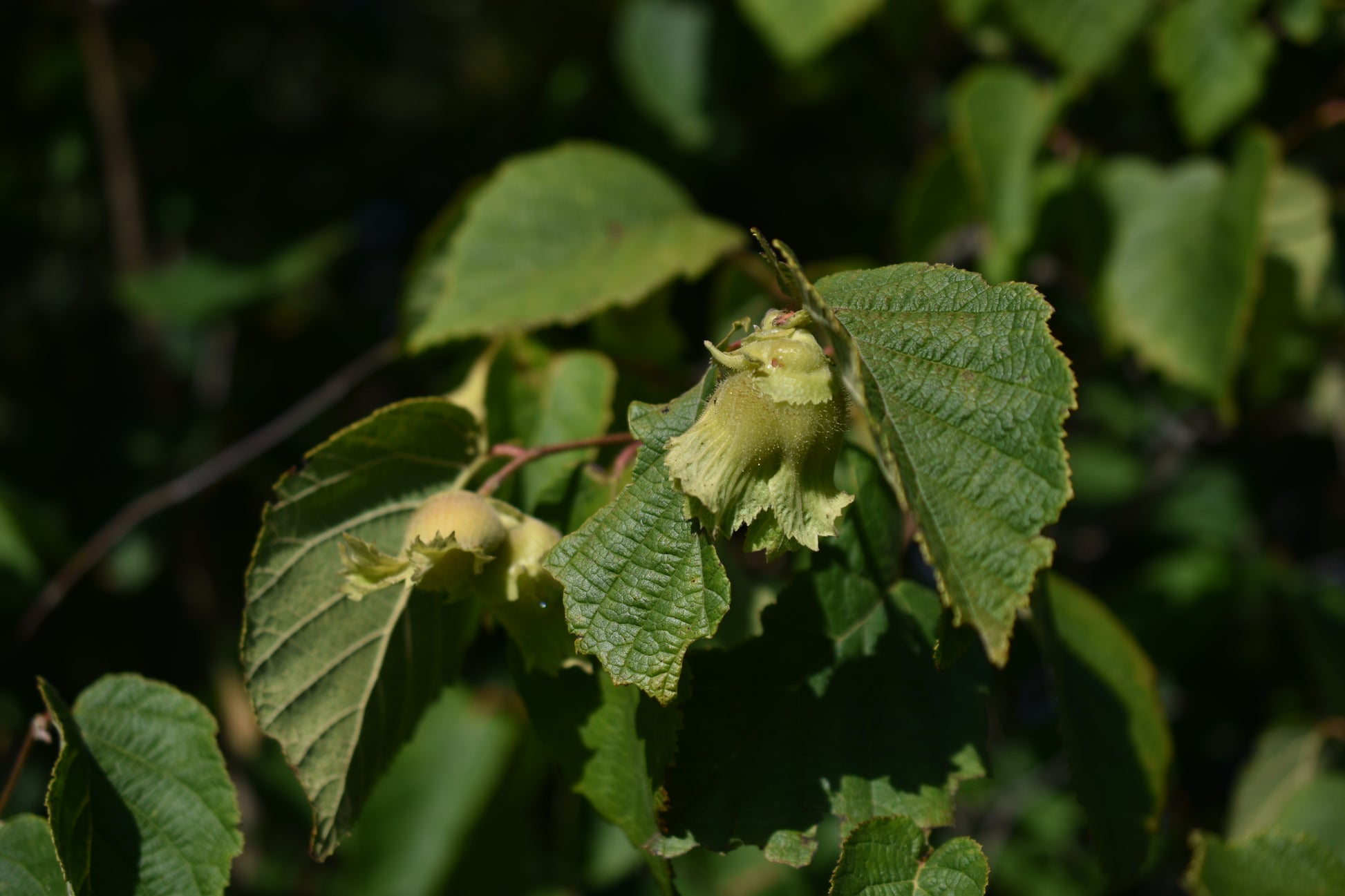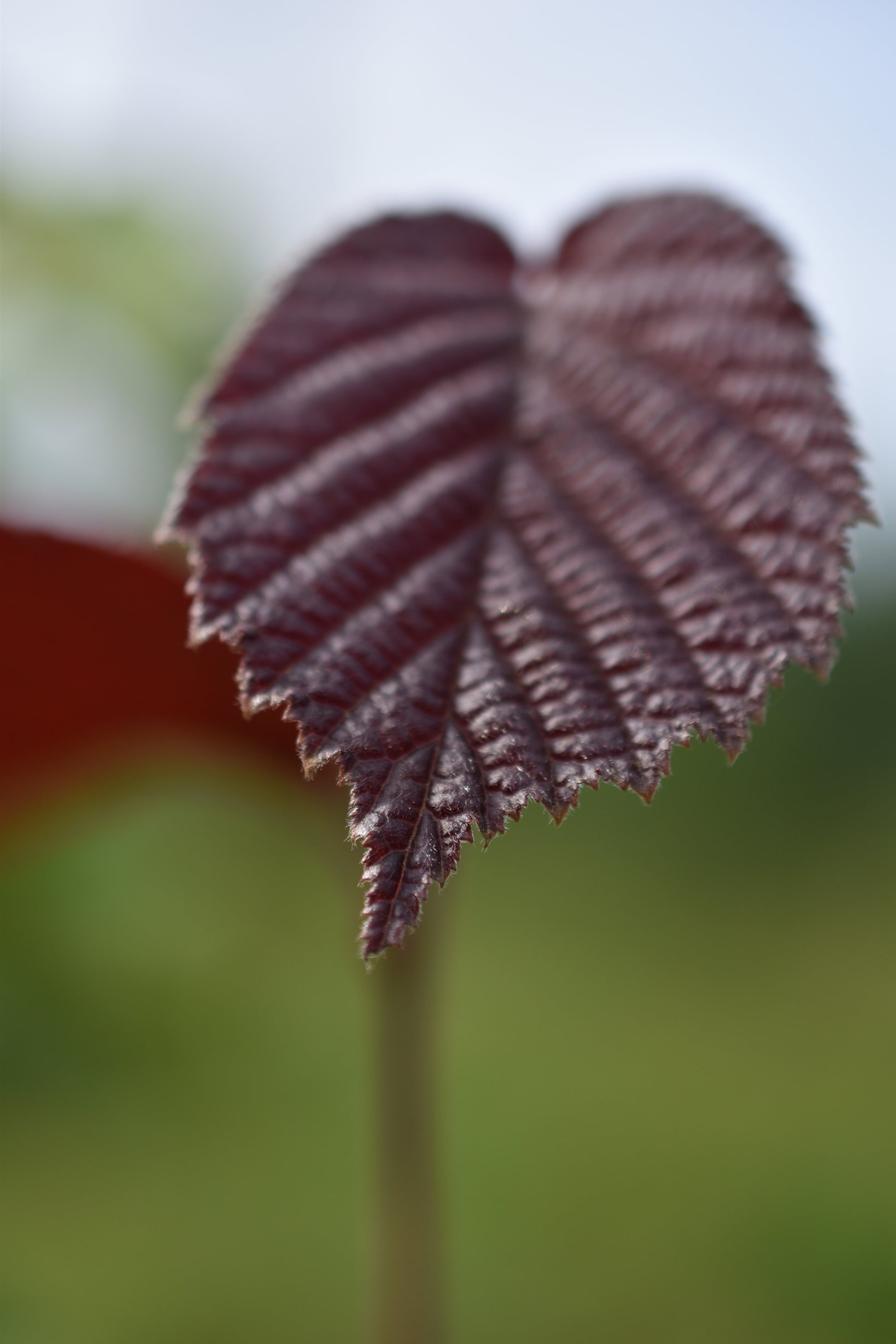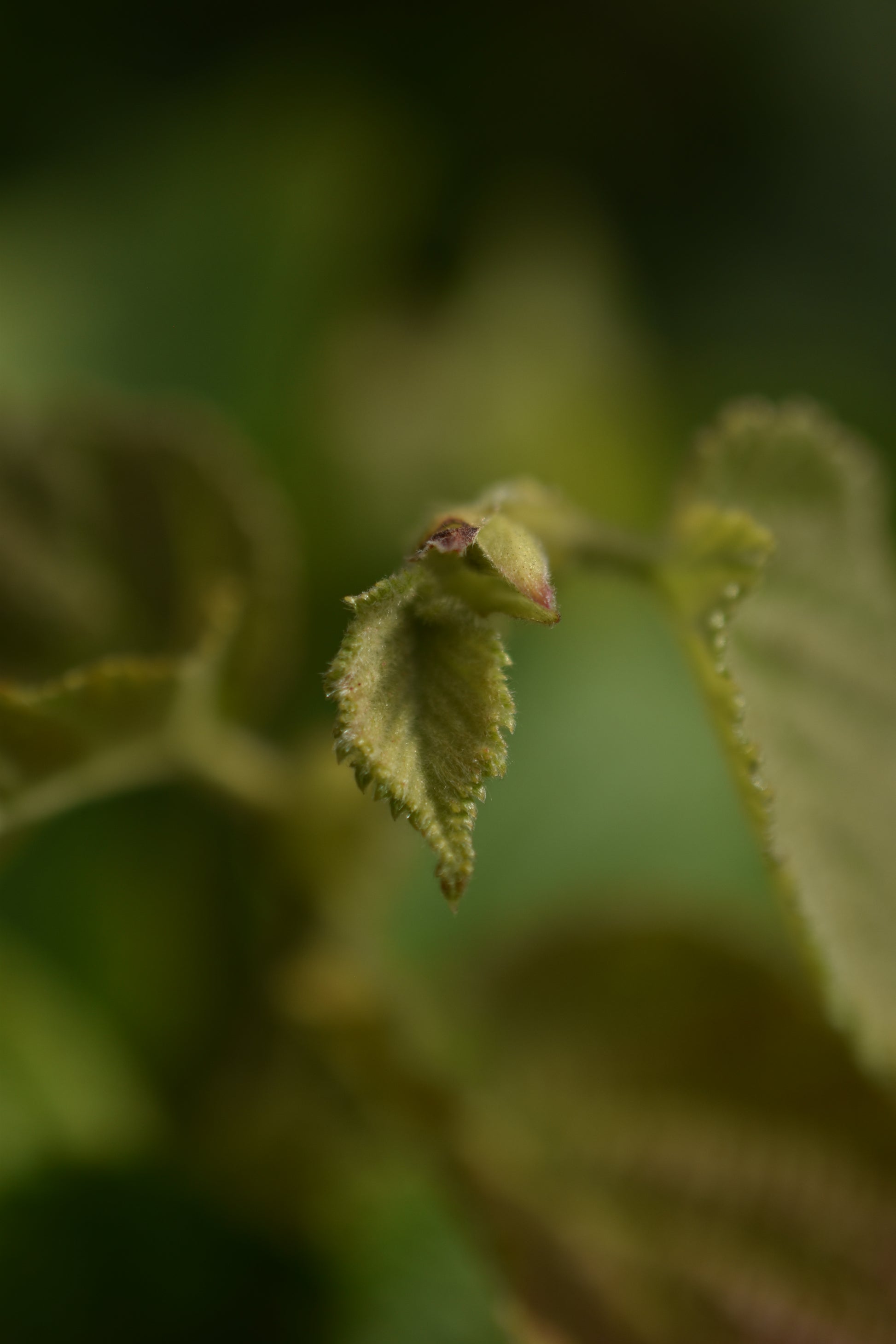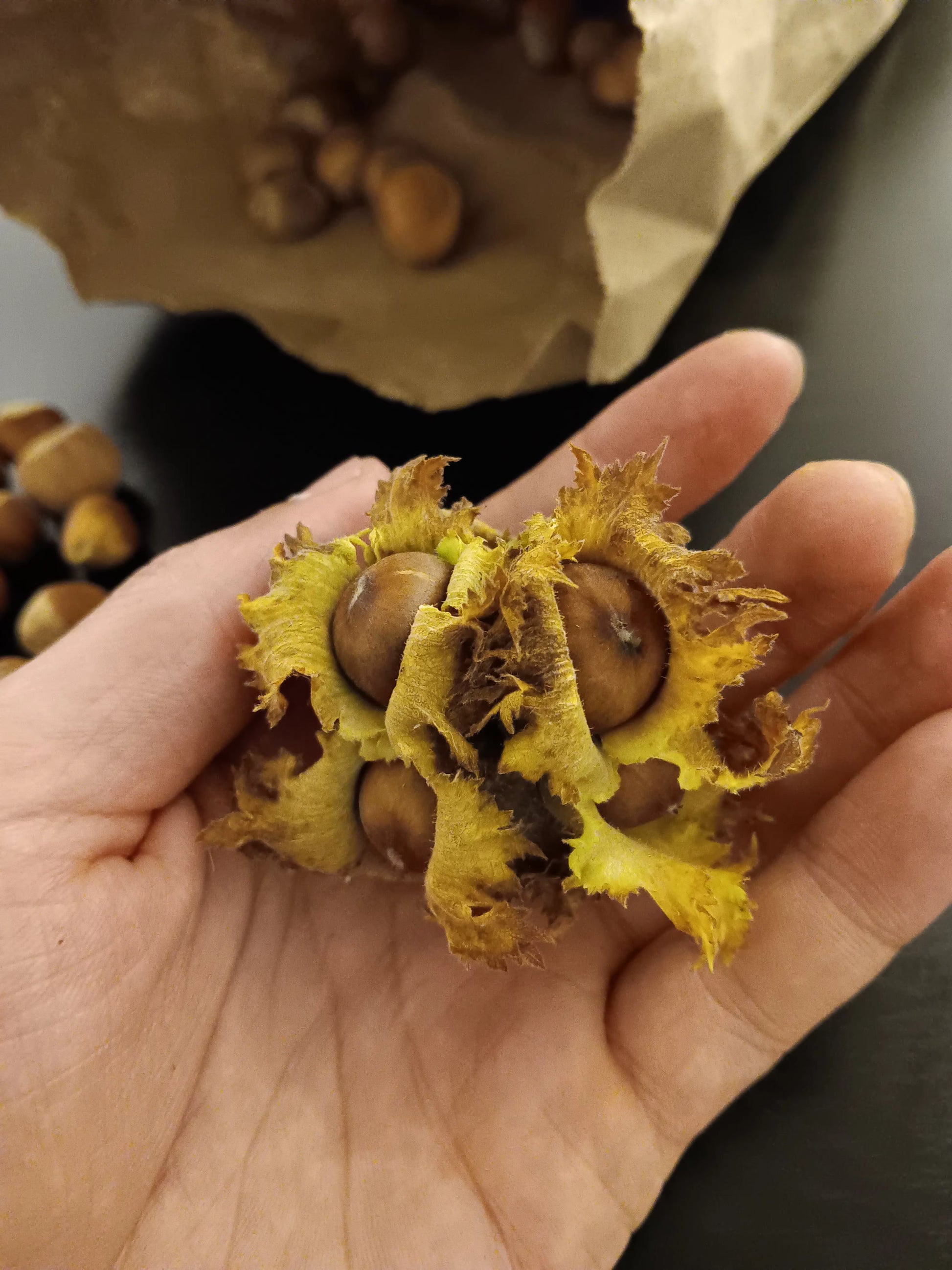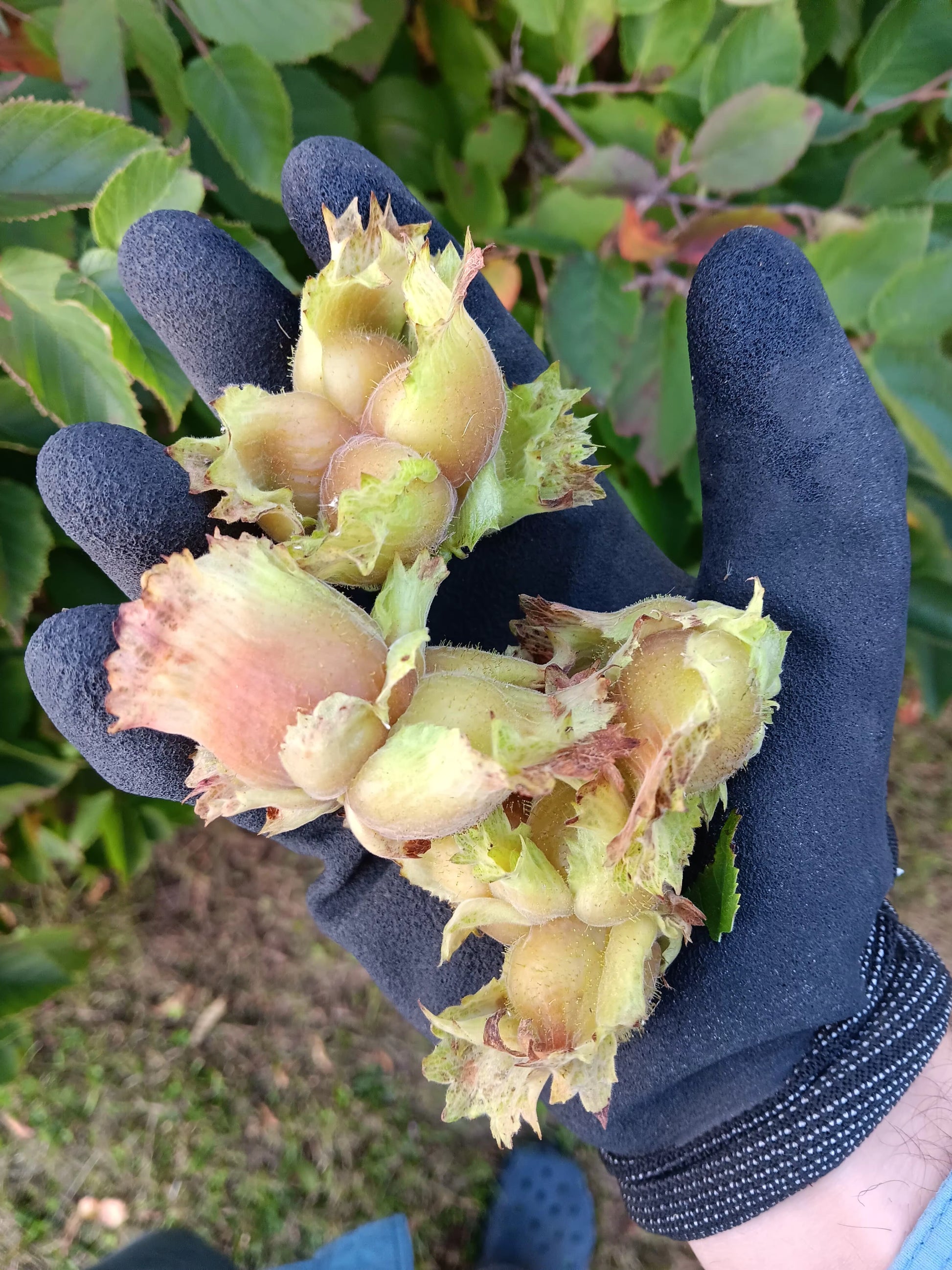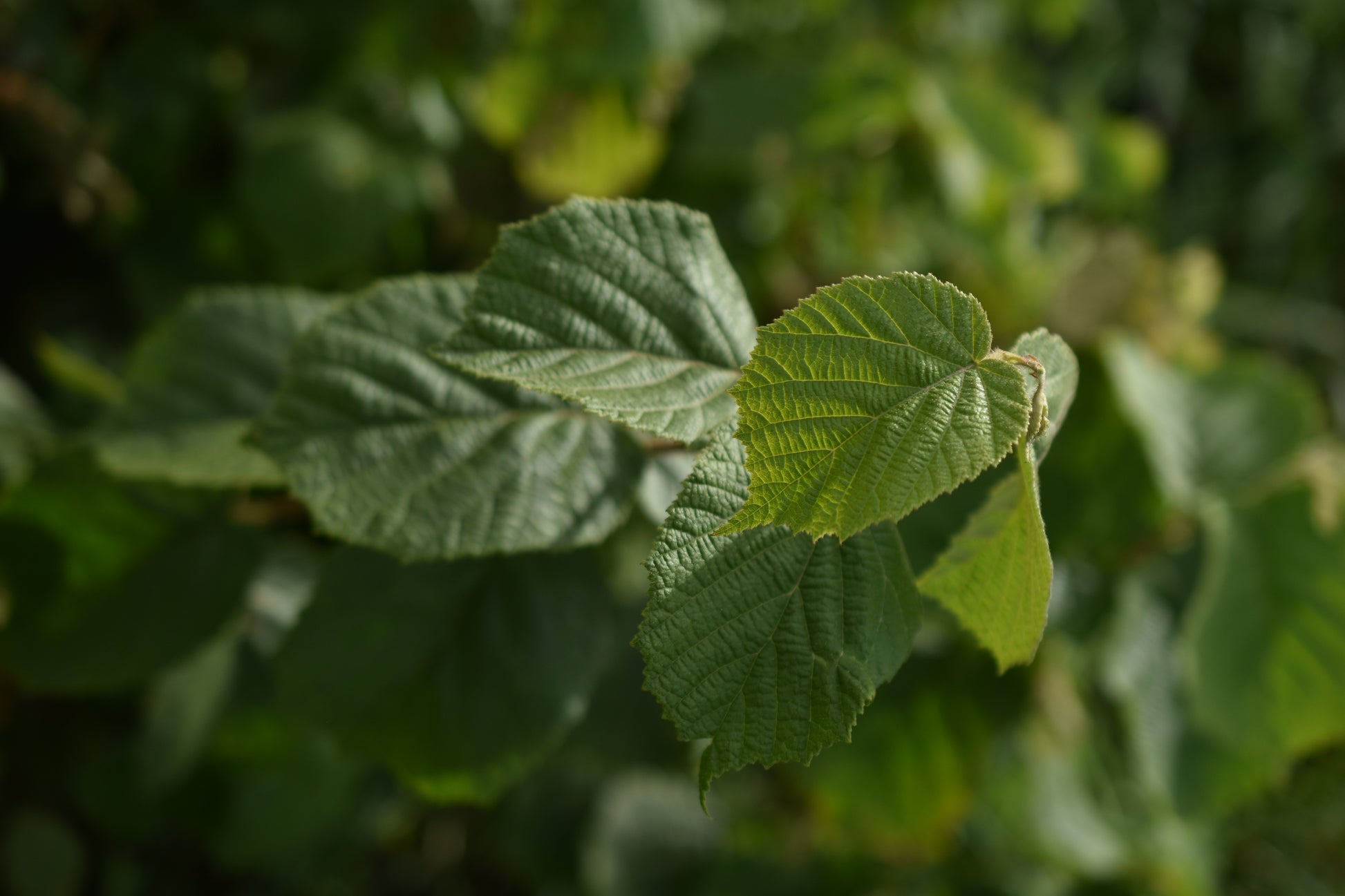La Réfriche Nursery
Hazelnut (Corylus Spp.) - Zone 3a-5b
Hazelnut (Corylus Spp.) - Zone 3a-5b
Couldn't load pickup availability
Corylus Spp. - Hazelnuts are small nut trees or shrubs. They are ideal for small-space plantings. Several species of hazelnut, both pure and hybrid, can be grown in Quebec. Here's our recommended selection of American and hybrid hazelnuts:
American Hazel (Corylus americana) - Ripon seedling - 3a
Native and naturally resistant to eastern hazelnut blight, American hazel produces small to medium-sized, thick-shelled hazelnuts that are typically less prized by hazel balanin than those of long-billed hazelnuts. As well as being hardy, disease- and insect-resistant, American hazel is highly ornamental when its leaves turn a bright orange in autumn. The shrub is prone to suckering. Periodic pruning may therefore be necessary to keep it at the desired size.
Selected Hybrid Hazelnut Tree (Corylus X Spp.) - Zone 4
Hybrid hazelnut seedlings from a population selected for the adaptability of individuals to low-maintenance growing conditions and organic production. They are also selected for their productivity and disease resistance. Harvest time can vary from mid-August to mid-September. Their hazelnuts are smaller than those of Zone 5 hazelnut trees, but they will produce reliably in Zone 4.
Selected Hybrid Hazelnut Tree (Corylus X Spp.) - Zone 5
These hazelnut trees have been selected for their productivity and disease resistance. They show no signs of vulnerability to eastern hazelnut blight and tend to produce flowers very early in their second year of growth. They are the offspring of the best candidates from a population of 600 hazelnut trees. For zone 5a minimum. Harvest in late August to mid-September.
Biotope
Biotope
Although hazelnuts prefer rich, well-drained soils, once established they can adapt to many types of soil, from sandy soils exposed to drought to clay soils that flood in spring. The adaptability of your plants will depend above all on their genetic make-up
Wood
Wood
Hazel stems can be used as kindling, as trellis wood in fences, for smoking food and in woodworking to make utensils and tools.
Size and shape
Size and shape
2 to 4 m high by 2 to 4 m wide at maturity
Pollination
Pollination
We recommend planting three or more hazelnut trees.
Source
Source
Our hazelnut seeds come from Ripon, Ontario and Wisconsin.
Share
